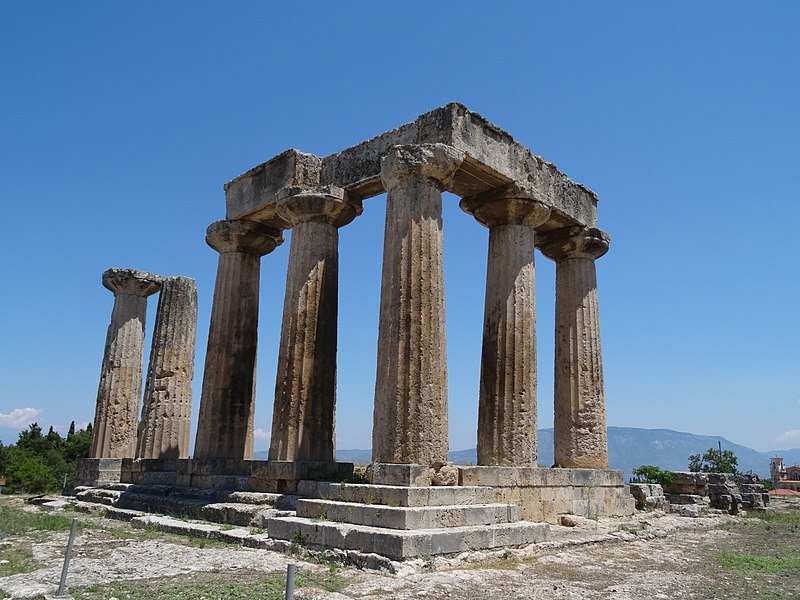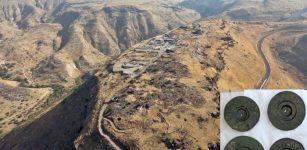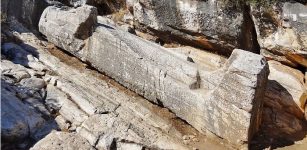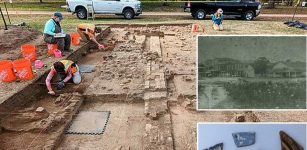Ancient Greeks Had Knowledge Of Advanced Lifting Technology Long Before Modern Cranes Were Invented
Conny Waters - AncientPages.com - Many ancient civilizations constructed stunning buildings that still stand today. Modern scientists have long wondered how our ancestors were able to lift giant stones and blocks without access to cranes.
According to a new theory, ancient Greeks had advanced knowledge of lifting technology long before modern cranes were invented.
Researchers propose that sometime around the late sixth century B.C. Greeks came up with an ingenious way to raise their massive stone buildings.
Some of the stone blocks studied. Credit: Pierattini, Annual of the British School at Athens, 2019
Based on his research, Alessandro Pierattini, an architectural historian from the University of Notre Dame in Indiana has presented a new analysis of stone from the earliest Greek temples. Pierattini states that ancient Greeks knew how to lift and drop heavy blocks into position around 150 years before the crane developed.
This knowledge was gained while they experimented with a lifting framework.
Pierattini says winches were associated into frameworks from around 600 B.C. Cranes, including both winch and hoist appeared only later, as argued by the renowned scholar of Greek design and construction J.J. Coulton in 1974.
“The foremost discovery of the Greeks in building technology is the crane,” Pierattini said in a press statement. “No previous civilizations are known to have used it, and it has remained central to building construction without remarkable changes for nearly 25 centuries — because it was perfect.”
Temple of Apollo, Corinth. Credit: Konrad Förstner, CC BY 2.0
The ashlar blocks from the early temples at Isthmia and Corinth, dating from 700-650 B.C. and weighing between 200-400 kg each, have a peculiar feature: twin grooves running parallel along the bottom and turning up on one end. While scholars have debated whether these grooves served for lifting the blocks during construction or for moving them within and from quarries, Pierattini argues they were intended for lifting — and also for placing — the temple blocks to form walls.
This is an example of how the lifting might have worked. Credit: Alessandro Pierattini
The ancient Corinthians mastered shipbuilding, which was the most advanced technology of the Early Archaic Period. Pierattini contends that the Corinthian temple builders adapted to construction the same concept of using a framework to redirect force that they commonly used in nautical applications, and which they probably also used for lowering heavy sarcophagi into burial pits.
“While examining the blocks, I found evidence that after being lifted, the blocks were maneuvered into place with a method anticipating the Classical period’s sophisticated lever technique,” Pierattini said.
“The placement involved a combination of levers and ropes that allowed for lowering each block tight up against its neighbor already in place in the wall. This is the earliest documented use of the lever in Greek construction in historical times.”
The study was published in Annual of the British School at Athens
Written by Conny Waters - AncientPages.com Staff Writer























